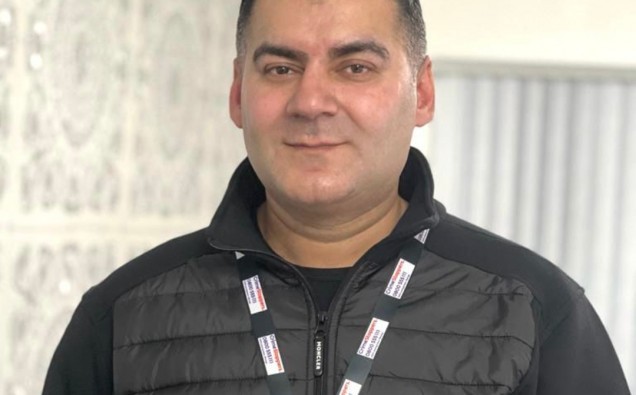The number of people in England waiting for an elective procedure in England is likely to triple by 2030 without urgent action to tackle ‘hidden’ waiting lists, a ‘postcode lottery’ and rising economic impact, a new study reveals.
Researchers say it is inevitable that NHS surgical waiting lists will continue to grow and that a minimum investment of £9 billion is needed to clear the current backlog of 4.3 million patients, which could rise to 14.6 million by 2030.
The researchers used procedure-level data to produce estimates specifically for the need for elective procedures: interventional cardiology (such as coronary stenting), interventional radiology, endoscopy (such as colonoscopy needed to diagnose conditions like cancer), and planned operations (such as hip replacements and hernia repairs).
Previous NHS waiting list analyses have been based on the overall waiting list, which stands at 6.4 million patients and includes patients waiting for all types of consultant-led care including outpatient clinic visits and non-surgical treatments. Elective procedures are challenging to deliver due to the need for specialist teams and facilities, and warrant a dedicated analysis to inform public debate. This is the first study to provide this data.
Experts from the University of Birmingham published their findings today – revealing that there are 3.3 million people on a ‘hidden’ waiting list. This are people who need elective procedures but, as a result of pandemic-related disruption, have not yet been identified or added to an NHS waiting list. Patients on the hidden waiting list are likely to have delayed diagnosis and treatment.
The study shows that 53% of people who need elective procedures are of working age – delayed treatment could impact their ability to work and contribute to the UK economy. The remaining 47% are children and adults aged 65 years and over who are likely to need an increased social support if their conditions deteriorate as a result of delays.
The team note that 20 common procedures make up 69% of the current need for elective procedures. Most can be performed as day-case procedures without the need for an overnight stay in hospital. Prioritising these procedures – which include colonoscopy, cataract surgery and hernia repair – would help to reduce the current backlog.
Researchers also discovered significant geographical differences in known and hidden waiting lists. The greatest overall need for elective procedures is in Greater Manchester (287,905 procedures) and the highest need by population is in Devon (122 procedures per 100,000 people). Regional funding requirements to tackle the need for elective procedures range from £209 per person in the South West to £120 in London.
Report co-author Dr Dmitri Nepogodiev, from the University of Birmingham, commented: “Unless we take this situation seriously, we risk sleepwalking into a public health catastrophe. The 3.3 million patients on the ‘hidden’ waiting list will have delayed diagnosis and treatment. Some patients will experience worsening of their symptoms, resulting in deterioration of their quality of life, with a knock-on effect on education, work, and social activities. Initiatives to tackle waiting lists should be recovery is equitable and reduces health inequalities
“The ‘postcode lottery’ of where you live determining how quickly you might receive treatment, risks amplifying health inequalities. It is important that the recovery of NHS elective services is equitable to ensure everyone receives the care they need.”
Based on the data presented in the report, it highlights key policy issues that should be addressed to identify solutions, including:
- How can communities be engaged to spot cancer symptoms earlier?
- How can innovative models of care developed by NHS staff be identified and disseminated nationally?
- How can elective hubs be designed to be sustainable in the long-term?
- How should different patients and procedures be prioritised?
- What is the role of the private sector in addressing the need for elective procedures?
Report co-author Mr. Aneel Bhangu, from the University of Birmingham, commented: “Eliminating the waiting list by 2030 would require a 8.4% increase in elective procedure volume per year – that’s a 50% increase in volume above pre-pandemic levels by Jan 2030, which is unlikely.
“Just addressing today’s need requires an extra £9 billion of funding based on current NHS costs. However, tackling the rapidly increasing need requires substantial capital investment in additional facilities, staff, and training, on top of the figure that we have calculated.
The NHS is open for business with staff are working harder than ever. GPs are conducting more consultations than before the pandemic, and surgical teams around the country are developing innovative solutions. Elective procedures are prioritised for patients with the most serious conditions, so we encourage anyone with worrying symptoms to seek medical help.”









